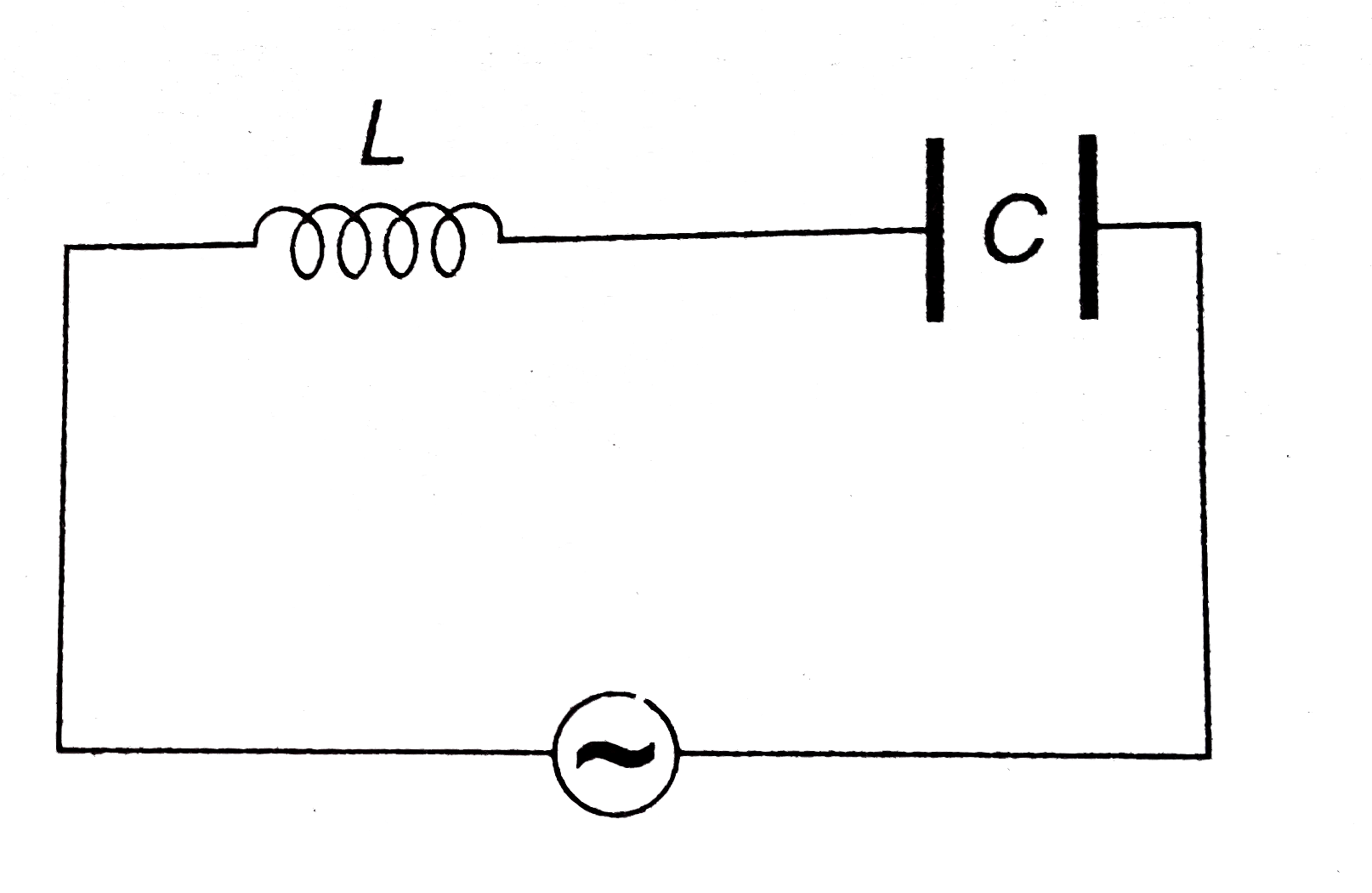Assertion : Resonance is exhibited by a circuit only if both L and C are present in the circuit.
Reason : Only then the voltage across L and C cancel each other, both being out of phase.
If both assertion ans reason are true ans reaason is the correct explanation of assertion.
If both assertion and reason are true but reason is not the correct explanation of assertion.
If assertion istrue but reason is false.
If both assertion and reason are false.
The correct Answer is:A
The resonance phenomenon is exhibited by a circuit only if both L and C are present in the circuit. Only then the voltages across L and C cancel each other since both being out of phase and current amplitude is Vm/R, the total source voltage appearing across R. This means that we cannot have resonance in a RL or RC circuit.
Topper's Solved these Questions
Similar Questions
Knowledge Check
In the circuit shown in figure the voltage in L and in C are
 .Ain phaseBout of phase by 90∘Cout of phase by 180∘Din a phase difference which depends upon the values of L C .
.Ain phaseBout of phase by 90∘Cout of phase by 180∘Din a phase difference which depends upon the values of L C .The L-C parallel resonant circuit
Ahas a very high impedanceBhas a very high currentCacts as resistance of very low valueDhas zero impedancePhase difference between voltages across L and C in series is
A0∘B90∘C180∘D360∘
In series LCR circuit, the phase difference between voltage across L and voltage across C is
View SolutionIn series LCR circuit, the voltages across R, L and C are shown in the figure. The voltage of applied source

View SolutionAssertion (A) : Maximum power is dessipated in a circuit (through R) in resonace
Reason (R ) : At resonance in a series LCR circuit, the voltage across inductor and capacitor are out phase.
View SolutionIn the circuit shown in Fig. If both the lamps L1 and L2 are identical.

View SolutionAssertion: In series L−R circuit voltage leads the current.
Reason: In series L−C circuit leads the voltage.
View Solution